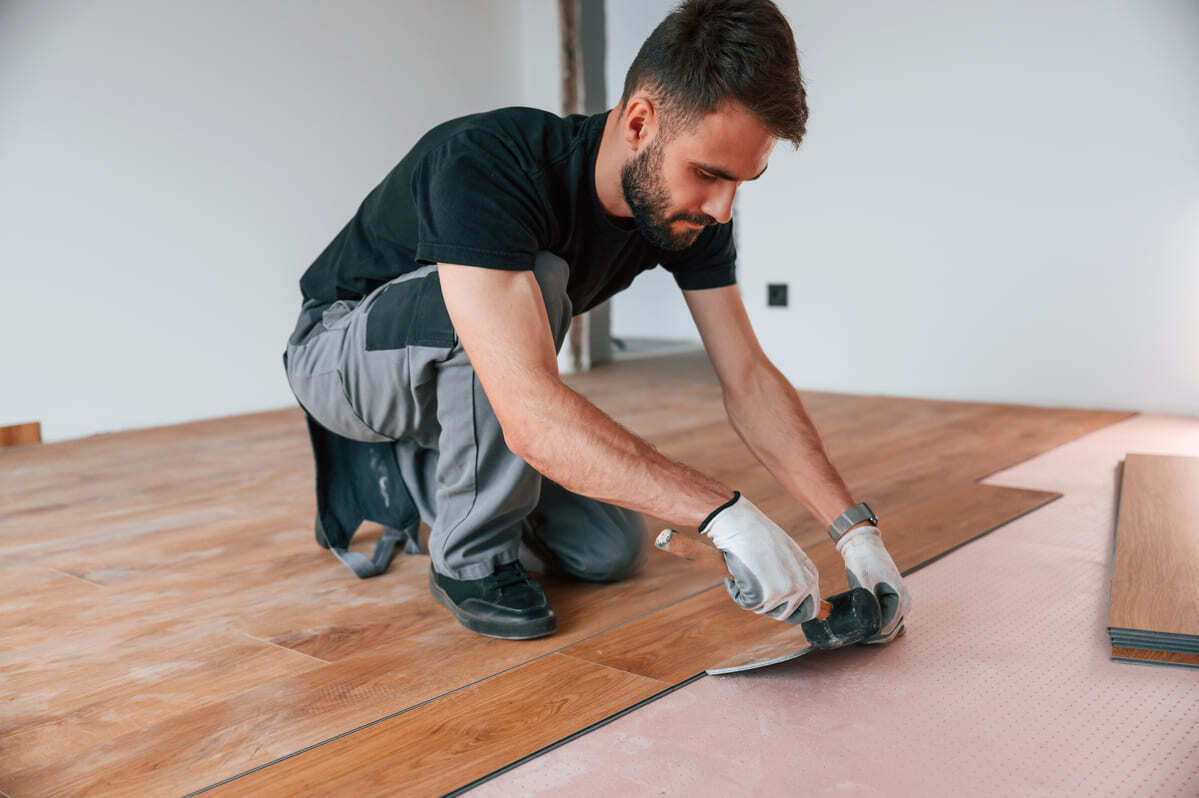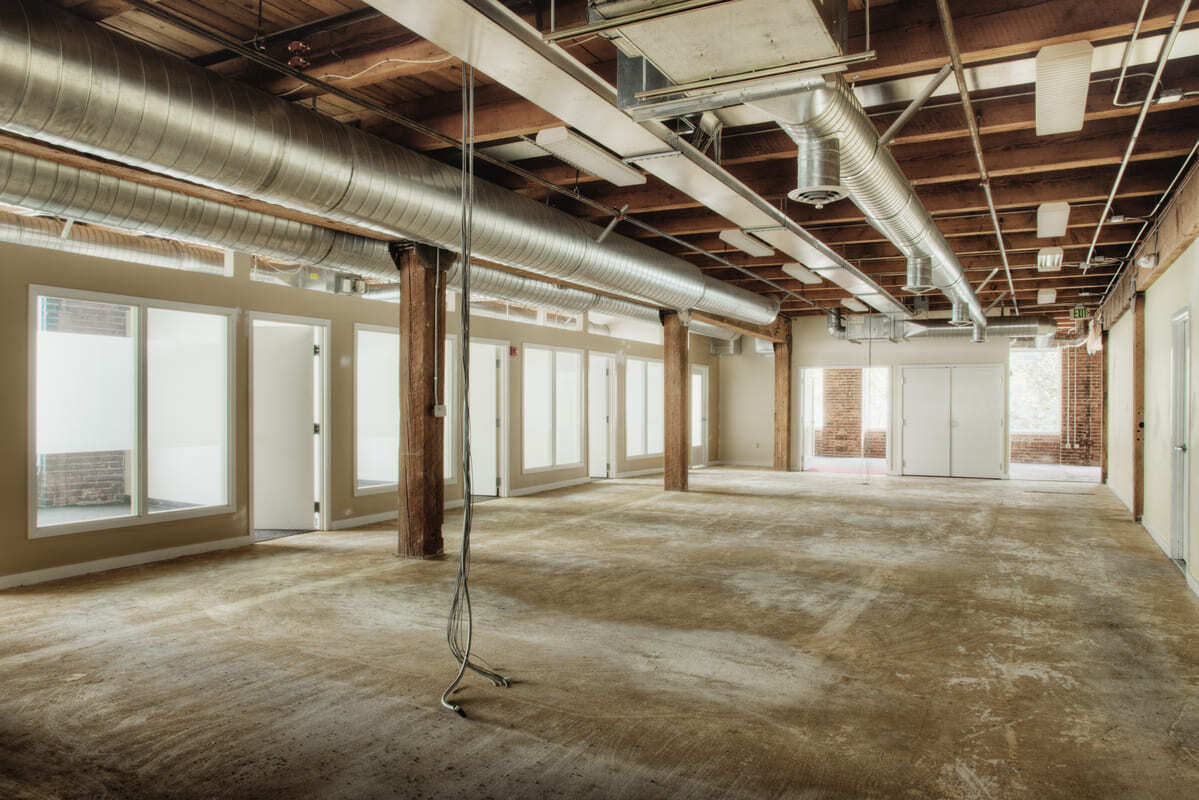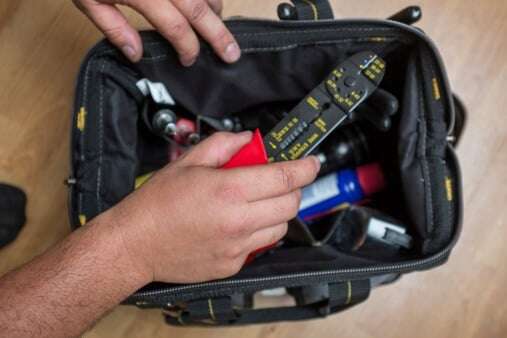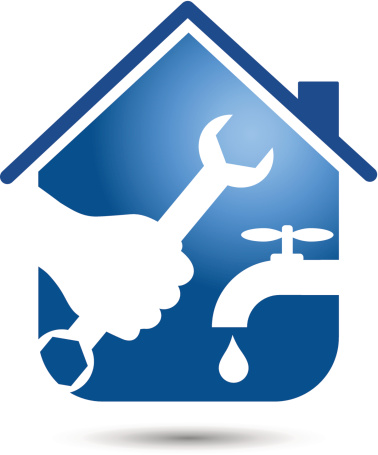 Few of us would claim to be a toilet repair “expert”, and most of us may prefer to leave any and every plumbing job to the pros. There’s nothing wrong with that. Licensed Chico plumbers can take care of your plumbing needs and give you peace of mind, but what if you want to tackle the easier jobs and save a little money? What if you love rolling up your sleeves and fixing stuff, and a DIY toilet repair seems like just your thing?
Few of us would claim to be a toilet repair “expert”, and most of us may prefer to leave any and every plumbing job to the pros. There’s nothing wrong with that. Licensed Chico plumbers can take care of your plumbing needs and give you peace of mind, but what if you want to tackle the easier jobs and save a little money? What if you love rolling up your sleeves and fixing stuff, and a DIY toilet repair seems like just your thing?
If you’re in the second category of die hard DIYers, we’ve compiled some toilet repair strategies to tackle the more common toilet repairs in your home. Read on to find out ways you can fix common toilet problems, and don’t forget that if you get stuck you can always call an expert plumber nearby.
If Your Toilet Won’t Stop Running:
According to HomeDepot.com:
“If your toilet won’t stop running or is noisy when not in use, you may need to adjust or replace the toilet fill valve. A constantly running toilet may be due to the tank water level being too high, which causes water to flow over the top of the overflow tube and into the tank.
- To adjust, bend the float arm downward until the float reaches the level that shuts off the water. It may require some trial and error to find the correct level.
- Alternately, the flapper may out of place or failing to create a seal in the opening of the flush valve. A worn-out flapper will cause water to constantly trickle from the tank to the bowl. Remove the flapper by disconnecting the flapper chain from the flush handle lever. Slide the flapper off the pegs that extend from the sides of the flush valve tube. Attach the new flapper by hooking each ear of the flapper onto the pegs and connecting the flapper chain to the lever.
- Turn on the water and flush the toilet to test the flapper.
- A faulty toilet flapper or flush valve can also lead to a “phantom flush,” when a toilet seems to flush without having a handle pressed. You may need to replace a flapper or the entire flush valve.”
Read more at HomeDepot.com
If the Toilet Handle is Wiggly/Won’t Flush:
BobVila.com suggests the following:
“If you depress the handle but feel no resistance and the toilet fails to flush, either a connection or the chain inside the tank has most likely come loose. Not all tank interiors look exactly alike, but all feature a lift arm (a thin metal or plastic rod) and a rubber stopper at the bottom (called a “flapper”), which connects via a chain to the lift arm. If the chain comes unhooked from the lift arm, the flapper won’t lift to allow water to drain from the tank, preventing the flush. The same problem can occur if the nut that secures the handle to the lift arm (just inside the tank) has worked loose. A simple four-step toilet repair will get your bathroom back in working order.
Turn off the shut-off valve that supplies water to the tank located on the small hose behind the commode.
- Remove the tank cover. Locate the chain connected to the flapper and pull it upward. This will lift the flapper and allow the water in the tank to drain out.
- If the chain has come loose from the lift arm, reconnect it (you should see a notch or a hook). If the chain has broken, buy a new one from the hardware store (for less than $5) and replace it.
- If a loose or broken chain isn’t the problem, the nut that secures the handle (just inside the tank) may have loosened and worked its way down the lift bar. Retighten the nut to the back of the handle, using your fingers, until it’s snug, and then turn on the water supply to refill the tank.”
Read more from BobVila.com
If there is Low Water in the Toilet Bowl:
According to HomeDepot.com:
“There are a several possible reasons for a low water level in a toilet bowl.
- The toilet tank fill tube may be damaged or incorrectly positioned, preventing the water level from reaching its proper level.
- Position the fill tube so water is flowing into the overflow tube (the open pipe near the center of the tank). If this doesn’t fix the problem, replace the fill tube.
- When learning how to adjust the water level in the toilet bowl, check whether the toilet has a mark on the inside of the tank that indicates the proper water level. It should be 1 to 2 inches below the fill valve and the overflow tube.
- Often you can set the water level by adjusting the float. Toilets with ball floats and arms usually have adjustment screws or dials to raise or lower the arm. If your toilet mechanism has a cylinder float, squeeze the float clip to release the float so you can slide it up or down to the correct level.
- In addition, if the toilet tank is not flushing all the way, it may be because the bowl’s inlet holes are clogged, preventing enough water from entering the bowl from the tank. Use a mirror to inspect the inlet holes, just under the lip of the toilet bowl. If they’re clogged, pour hot vinegar into the overflow tube. Let it sit at least an hour (overnight if possible) and then use a piece of wire to clean out the inlet holes. Then flush to see if the holes are clear of debris.
- If these don’t work, inspect the bowl itself. If you find a crack, you’ll need to remove and replace the toilet bowl.”
Read More at HomeDepot.com
If Your Toilet is Leaking at the Base:
TheSpruce.com has a few suggestions:
“While most toilet problems originate in the tank, there's one that involves the base of the toilet: water seeping out around the base of the toilet bowl, along the floor.
While a little condensation is normal in the summer months, an actual puddle of water at the base of your toilet indicates a real problem. There is a great chance this water is dirty, so to keep the problem from worsening, it's best to avoid using your toilet until it's fixed.
Normally this problem is caused because of problems with the wax ring that seals the base of the toilet (the horn) to the drain opening set into the floor. You'll have to remove the toilet in order to replace the wax ring. Although this might seem like a major project, it's actually not all that hard. You can save a lot of money by doing the work yourself rather than calling the plumber.”
Read More at the Spruce
If the Bowl is Overflowing:
From BobVila.com:
"A clogged commode will cause the bowl to overflow onto the bathroom floor, but the fix—which happens to be the most common of all toilet repairs—doesn’t have to ruin your day. Clearing the clog is super simple, and you probably have a toilet plunger already on hand. Simply insert the plunger into the bowl while it’s still full of water, pressing the mouth of the plunger firmly against the opening at the bottom of the bowl to form a seal. Then use a rhythmic push-and-pull pumping motion to create pressure in the drain and free the clog. Don’t be overly enthusiastic; forceful plunging is likely to splash dirty water all over the bathroom. After eight to 10 pumps, lift the plunger away from the bottom of the bowl. If you’ve freed the clog, the water will drain—it usually takes just one or two attempts to free a clog."
Read more at BobVila.com
These are some tips for those who love to DIY, but if you’ve changed your mind about wanting to fix your own toilet, call a Chico area plumber today! To stay updated on more home construction, remodeling and maintenance topics subscribe to our blog.








